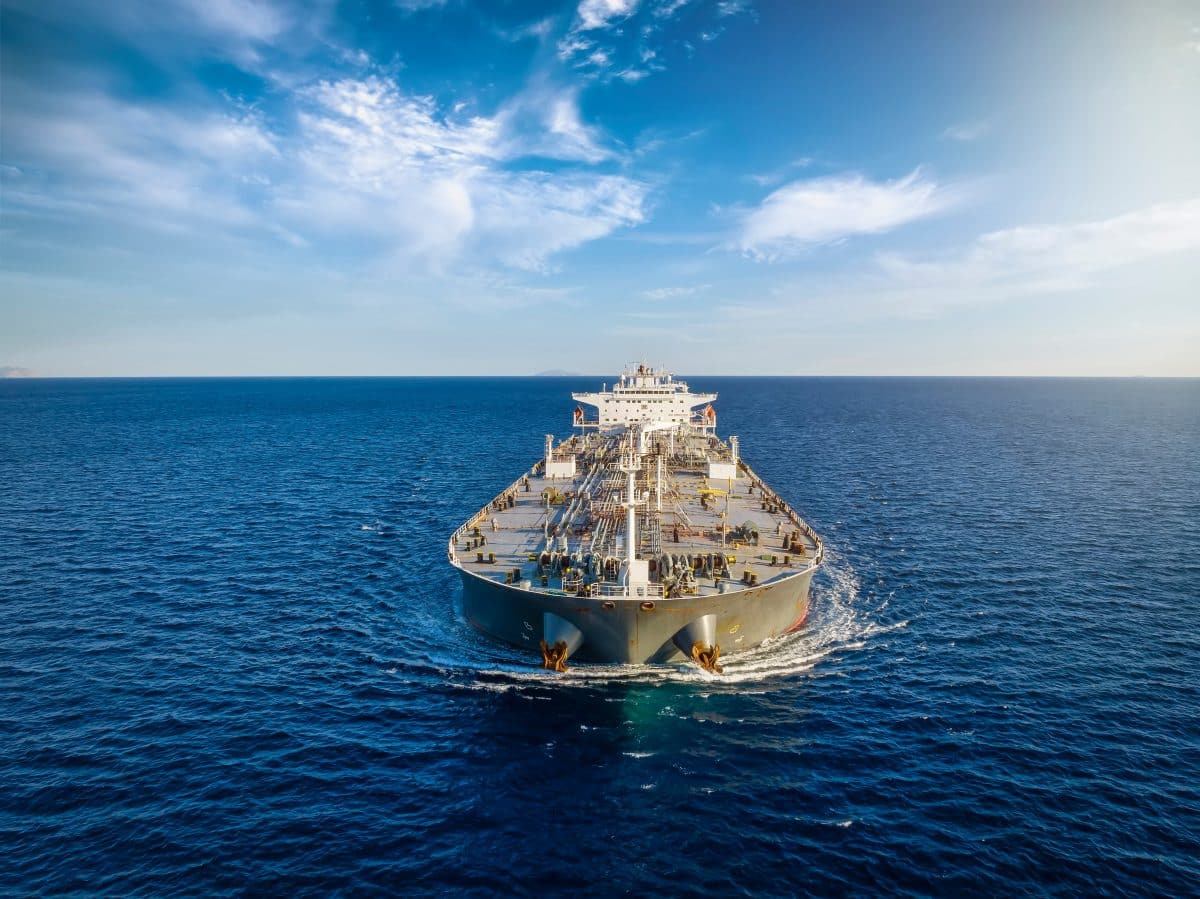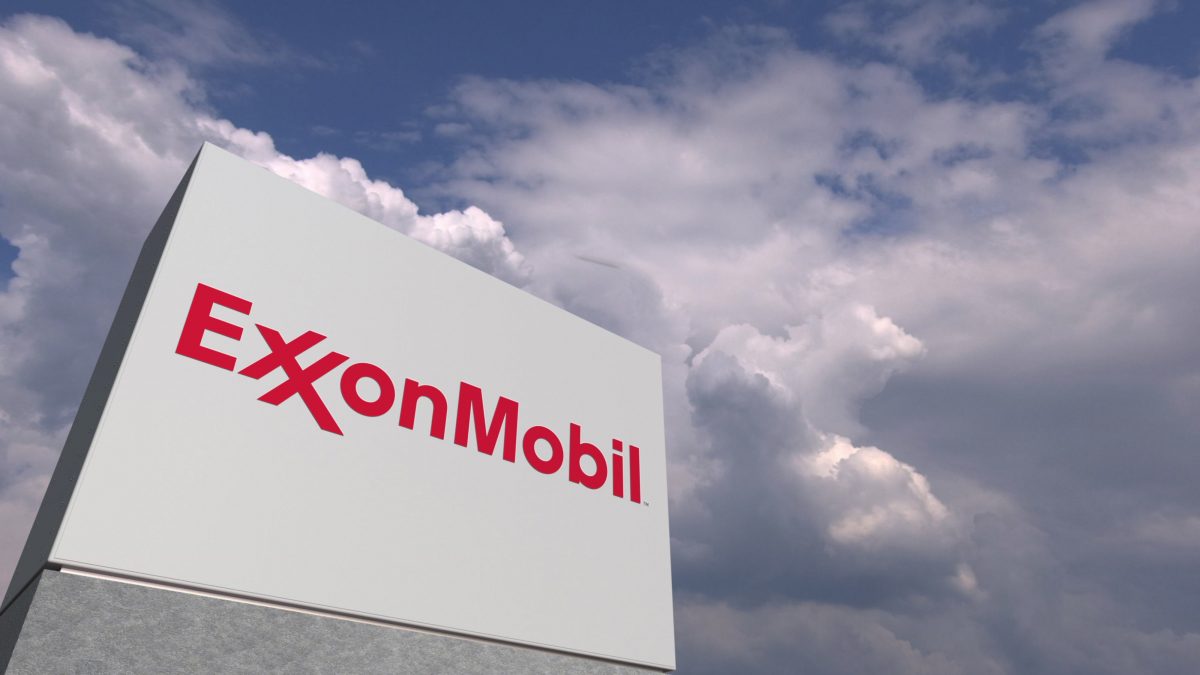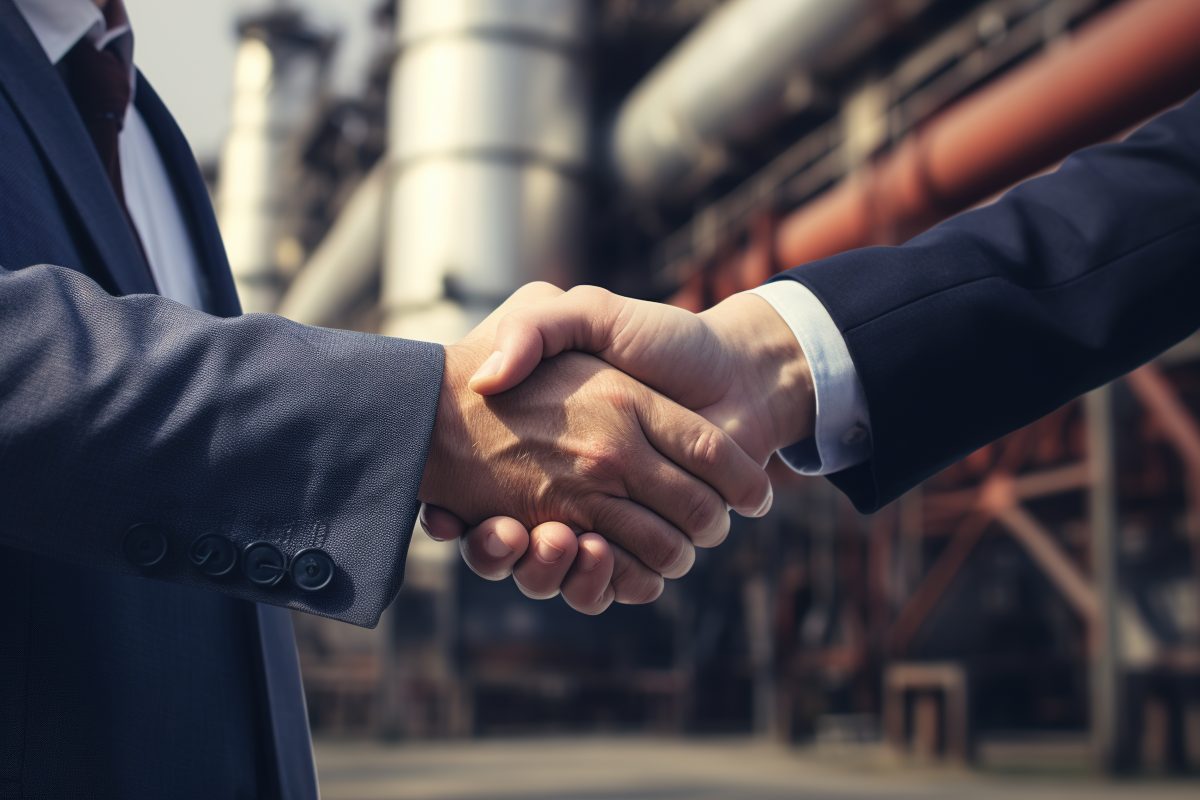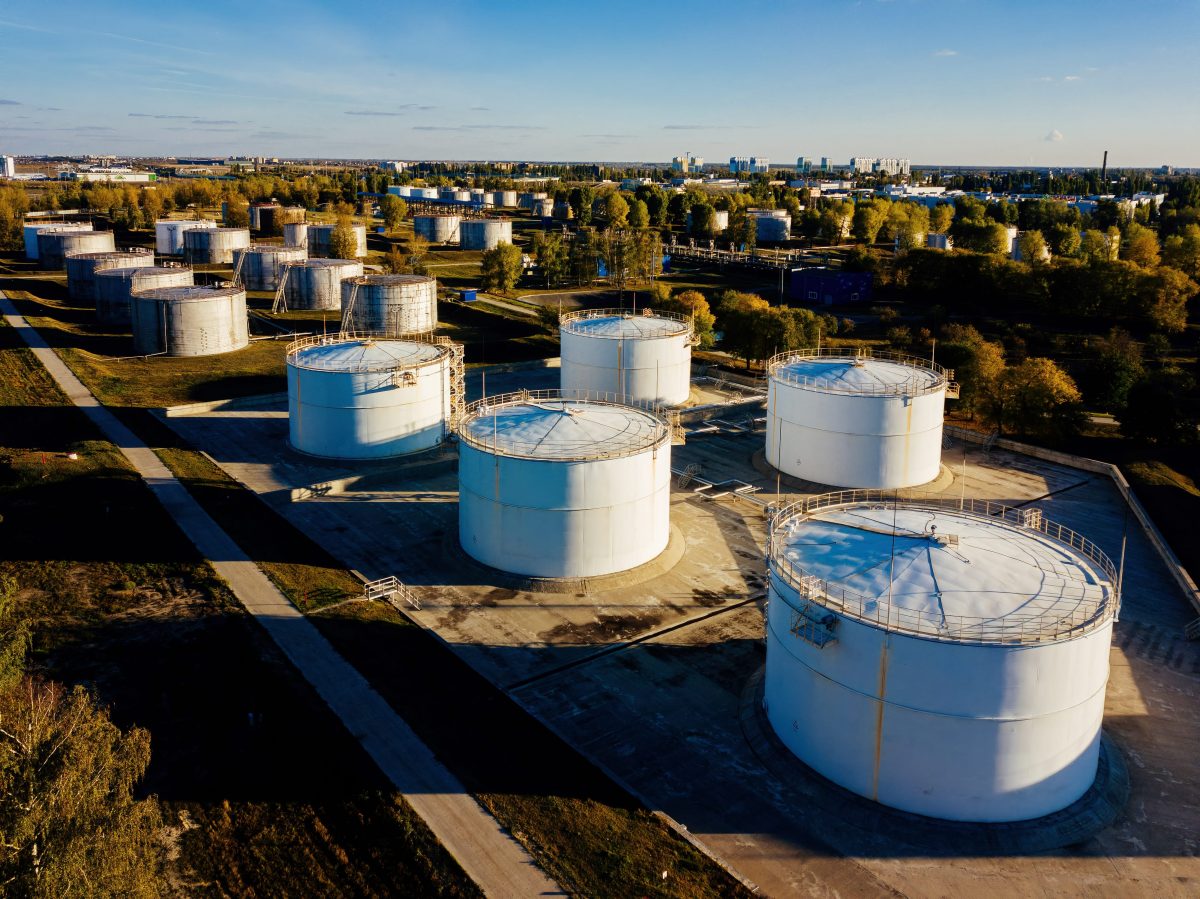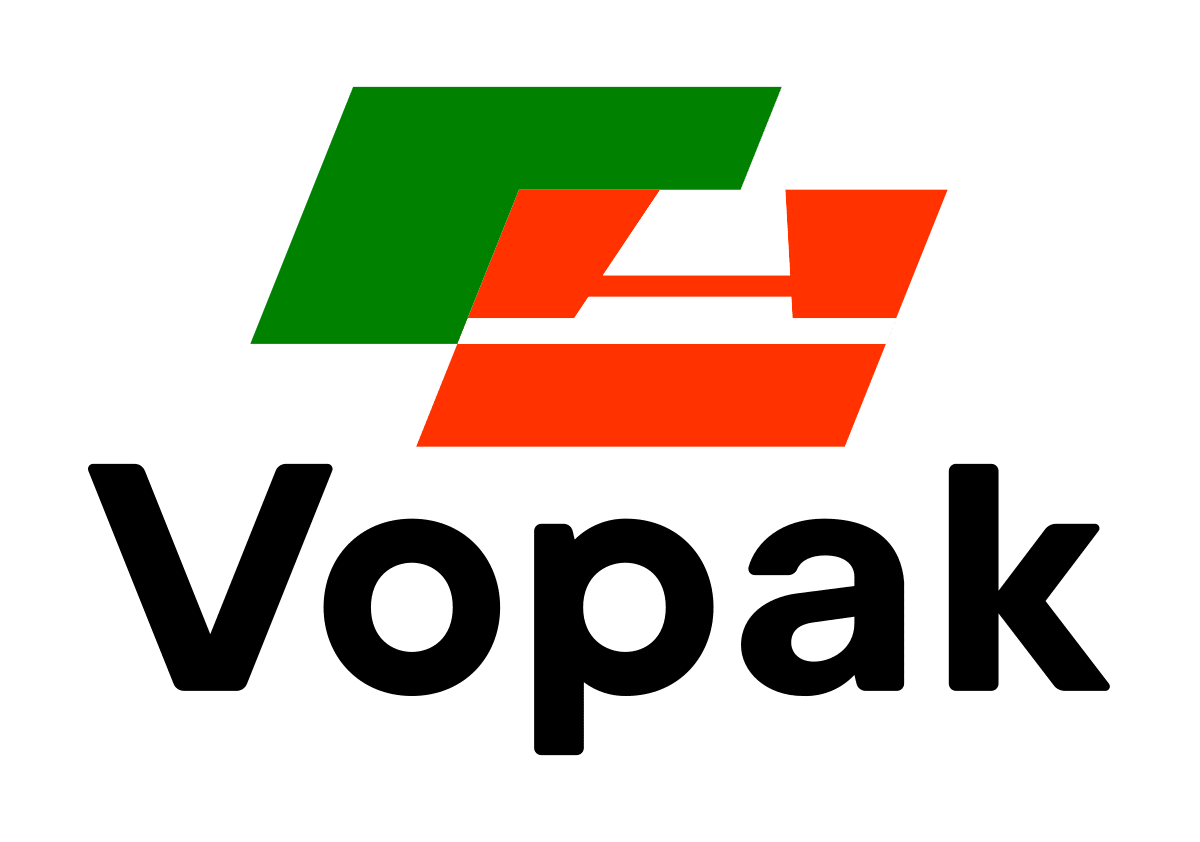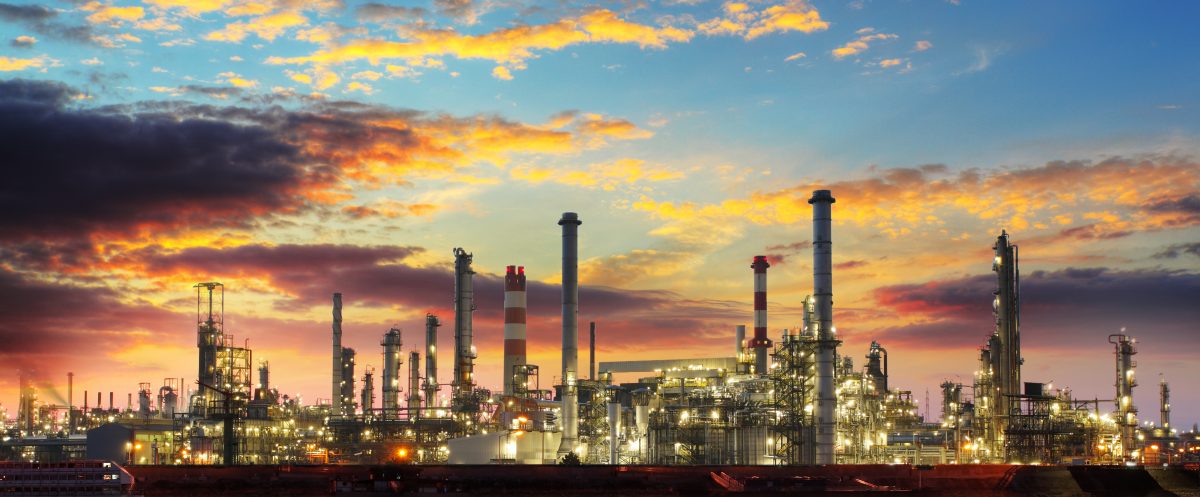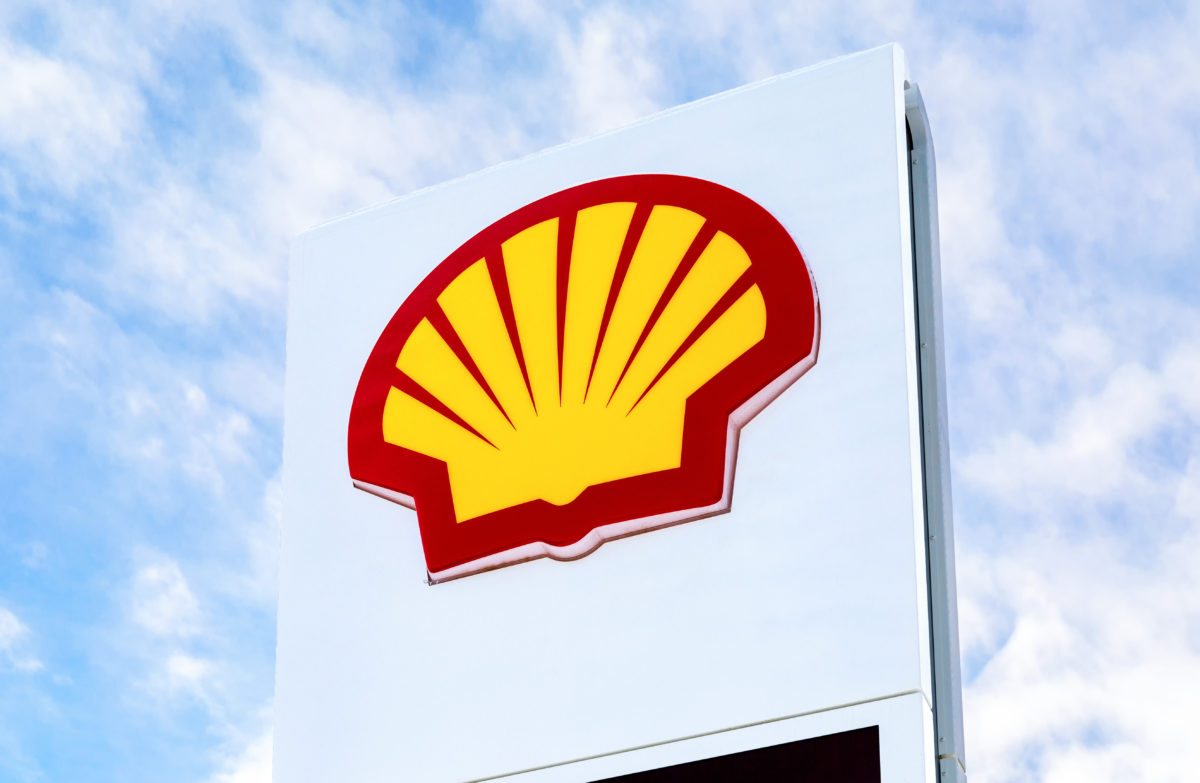Some 50 oil and natural gas producers, including Saudi Aramco and 29 other national oil companies, have signed an agreement to reduce their carbon emissions to net zero by 2050 and curb methane emissions to near-zero by 2030, the COP presidency of the UN Climate Change Conference in Dubai said Dec. 2.
“If we want to accelerate progress across the climate agenda, we must bring everyone in to be accountable and responsible for climate action,” said Jaber. “We must all focus on reducing emissions and apply a positive can-do vision to drive climate action and get everyone to take action. We need a clear action plan, and I am determined to deliver one.”
The agreement is part of a Global Decarbonization Accelerator launched at COP28, focused on three pillars: energy systems of the future such as renewables and hydrogen; the fossil fuel sector and emission-intensive industries; and methane.
Under the oil and gas pillar, the industrial transition accelerator will focus on decarbonization across key heavy-emitting sectors: cement, aluminum, steel, oil and gas, power and aviation/maritime.
The 50 oil and gas companies account for 40% of global oil production. The net zero commitment relates to scope 1 and 2 emissions, a COP28 presidency spokesman said.
Key national oil companies such as Kuwait Petroleum Corporation, QatarEnergy, Iraq’s State Oil Marketing Company, China’s Sinopec, CNOOC and PetroChina, and the National Iranian Oil Company, were missing from this list.
This comes as many investors and activists, don’t believe the industry has done enough and they have doubled down on efforts to put these companies under pressure. Many fossil fuel producers will be forced to balance the need to maximize shareholders’ financial returns with pressures to decarbonize.
Methane challenge
On methane, the agreement sees the 50 companies commit to setting interim targets that would reduce methane emissions to 0.2% of oil and natural gas production by 2030, and to end routine flaring.
What makes this pledge distinctive is that it will be scrutinized using technology and data.
The United Nations Environment Program’s International Methane Emissions Observatory (IMEO), the Environmental Defense Fund and the International Energy Agency will help monitor compliance by tracking methane emissions using satellite data, and other analytical tools.
Fred Krupp, president of the non-profit advocacy group the Environmental Defense Fund, said the pledge had the potential to be the most impactful climate action in over three decades.
“It could lower the planet’s temperature and reduce cataclysmic storms from what we will otherwise experience in the next decade,” he said.
Methane accounts for 45% to 50% of oil and gas emissions, 80% of it from upstream, the spokesperson said. The methane pledge includes zero routine flaring by 2030, he added.
The US and China will separately continue their conversation on methane reduction, a spokesman for the COP28 presidency said.
The energy sector — including oil, natural gas, coal and bioenergy — accounts for nearly 40% of methane emissions from human activity.
MPC demand low
Methane emissions generated by production are a significant contributor to the carbon intensity of natural gas.
Platts, part of S&P Global Commodity Insights, assesses methane performance certificates traded in the spot market that represent low methane emissions in natural gas production in the US and Canada.
Each MPC represents 1 MMBtu of gas with zero methane emissions produced. Platts reflects MPCs that have been issued against production that has a methane intensity of less than 0.10%.
Prices have fallen to just $0.01/MPC in recent months with very little demand for the certificates at present.
Many countries and governments are gradually starting to enforce measures to curtail methane leaks and emissions.
In November, the EU reached a landmark political agreement on a regulation for tracking and reducing methane emissions in the energy sector — the first-ever EU law to curb methane emissions.
Similarly, in early-November, China issued an action plan to control methane emissions that establishes a broad framework for measurement and identifies selected industries for future implementation.
According to the International Energy Agency, if all methane leaks from fossil fuel operations in 2021 had been captured and sold, then gas markets would have been supplied with an additional 180 Bcm of gas.
The IEA said that was equivalent to all the gas used in Europe’s power sector. Marketing gas that is lost would also be profitable for producers given sustained high international gas prices.
Signatories to the Oil and Gas Decarbonization Charter
National oil companies (NOCs)
International oil companies (IOCs)
ADNOC
Azule Energy
Bapco Energies
BP
Ecopetrol
Cepsa
EGAS
COSMO Energy
Equinor
Crescent Petroleum
GOGC
Dolphin Energy
INPEX
Energean Oil & Gas
KazMunaiGas
Eni
Mari Petroleum
EQT Corp.
Namcor ExxonMobil
NOC (Libya)
ITOCHU
Nilepet
Lukoil
Nigerian National Petroluem Corp.
Mitsui
OGDC
Oando
OMV
Occidental Petroleum
ONGC
Puma Energy (Trafigura)
Pakistan Petroleum
Repsol
Pertamina
Shell
Petoro
TotalEnergies
Petrobras
Woodside Energy Group
Petroleum Development Oman
Petronas
PTTEP
Saudi Aramco
SNOC
SOCAR
Sonangol
Uzbekneftegaz
ZhenHua Oil
YPF
S&P Global Eklavya Gupte, Claudia Carpenter, Ivy Yin, Jennifer Gnana, December 5, 2023

